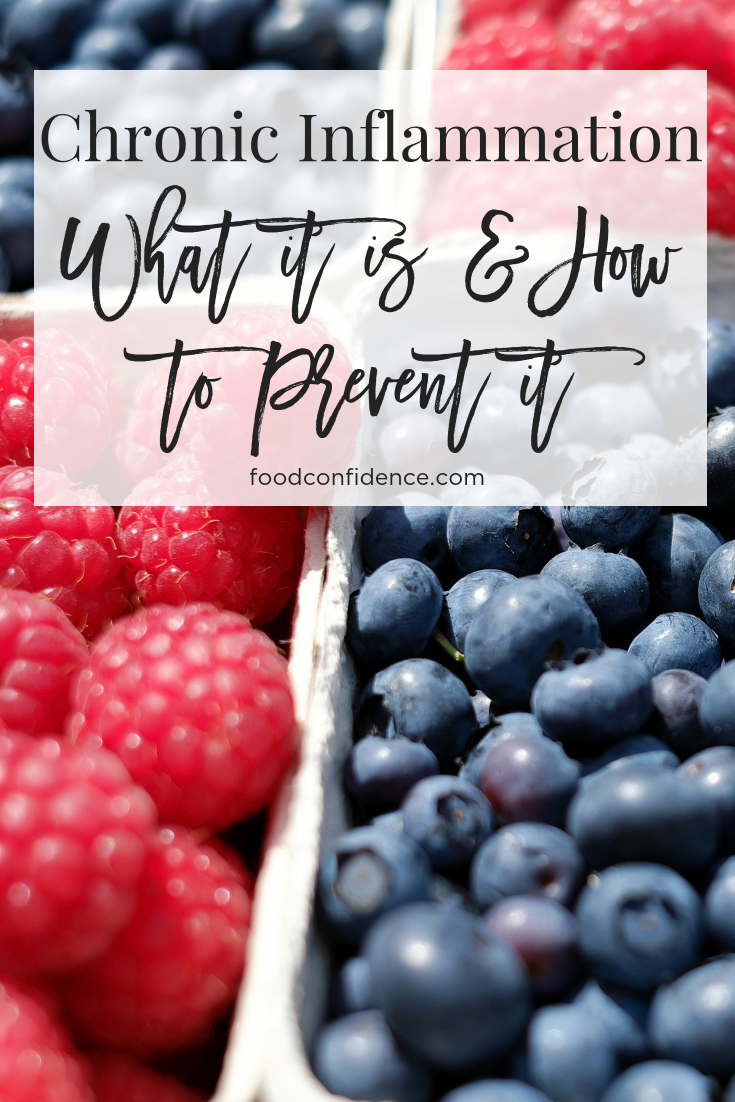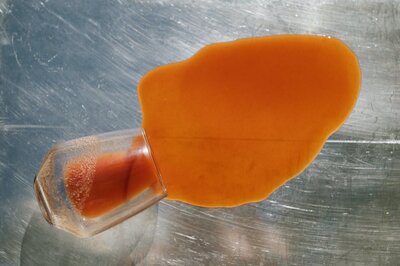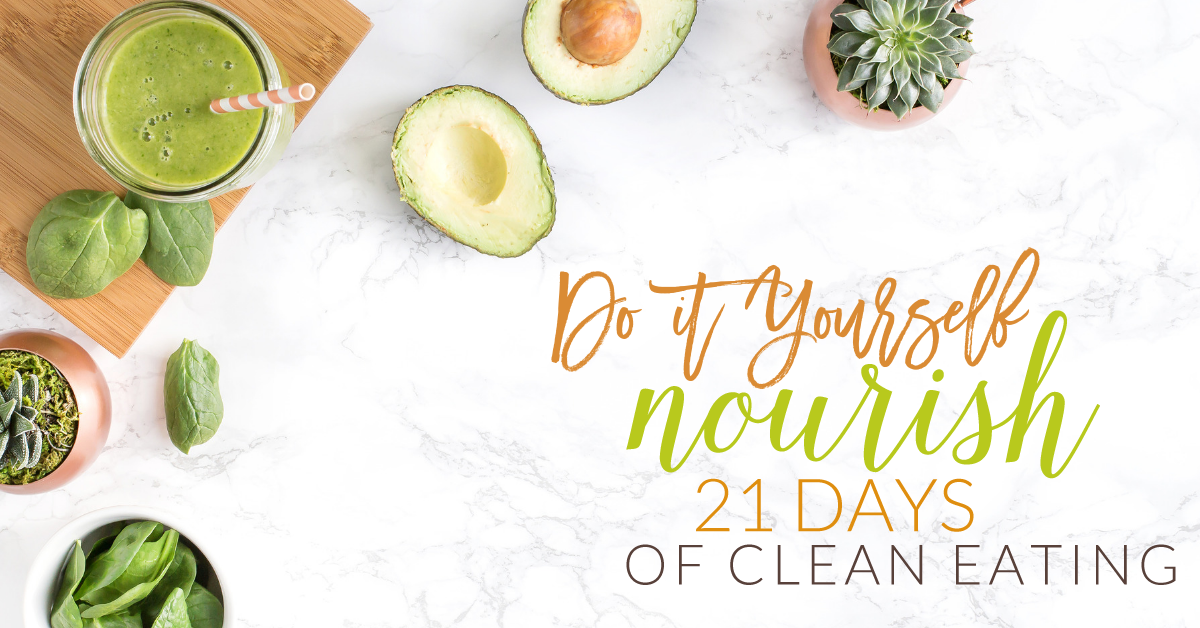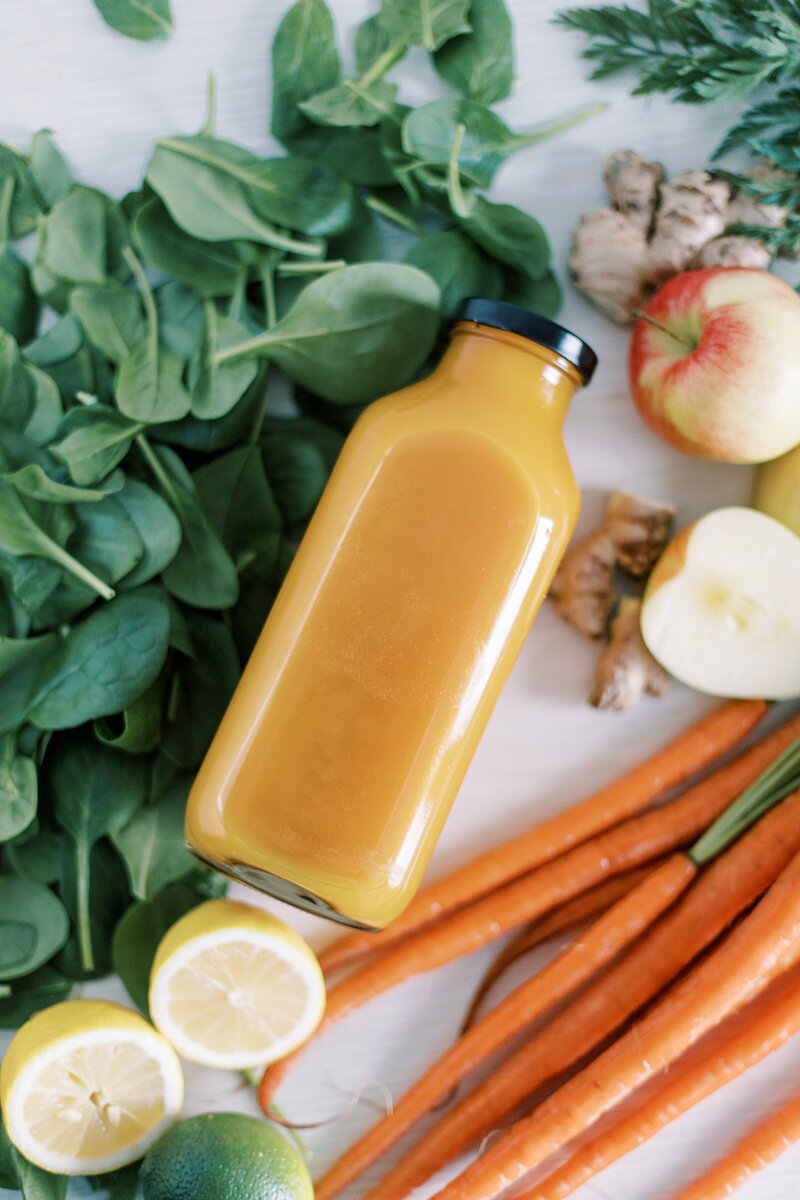
What is Inflammation?
Inflammation has become quite the buzzword, hasn’t it? Many of my clients think it’s something you can see or feel. I hear all the time “I can feel my body is inflamed.” But what is inflammation? Can you feel it? Can you see it?
Inflammation can be something you can see, and you can definitely feel it! As a natural immune system response, it plays an important role in our ability to fight infections and maintain a healthy body. The kind of inflammation that occurs after a sprain or cut that causes pain, swelling, redness and warmth to the area isn’t really the problem. It’s the other type inflammation — the one that’s being implicated in almost every disease state — that is the problem. This type of inflammation plays a large role in autoimmune diseases and is a major contributor to cardiovascular disease and high blood pressure. It’s also a major factor in joint pain and problems like osteoarthritis.
So let’s look at the different types of inflammation: acute and chronic so we can better understand the difference.
Acute Inflammation
Acute inflammation comes on really quickly (like within a few minutes) and doesn’t stick around very long. This is the kind of inflammation that accompanies pain, redness, swelling, and heat and it’s usually in response to an injury or infection. This type of inflammation is super important because it helps the body fight off aggressive pathogens or bacteria and it also repairs damaged tissue. You might call this “good inflammation,” because it functions to protect you and return the injured or infected area to a state of balance.
But there’s another side of inflammation that isn’t so great and, if not controlled, can be harmful to your health. It’s brought on by lifestyle factors like smoking and inactivity and can also be a side affect of obesity. It’s called chronic inflammation.
Chronic Inflammation
Chronic inflammation often begins in the same way as acute inflammation — it’s the immune system’s way of fixing an insult or injury to your body tissues. The problems happen when the inflammation never goes away.
Causes of Chronic Inflammation
There’s no single cause for chronic inflammation. It can derive from a variety of physical reactions in the body that are triggered by your immune system.
Common causes of chronic inflammation inflammation include:
- overactive immune system (as seen in Lyme Disease and Celiac Disease)
- autoimmune disorders
- long-term exposure to toxins & irritants (i.e. industrial chemicals, polluted air, etc.)
- smoking
- obesity
- alcohol
- stress
Symptoms of Chronic Inflammation
Not sure if you’ve got inflammation? Symptoms can present differently from person to person. Some common symptoms include the following:
- abdominal belly fat (ie, spare tire or muffin top)
- elevated blood sugar
- fatigue and low energy
- skin disruptions and inflammatory conditions (ie, psoriasis, eczema, etc)
- digestive issues (ie, IBD, bloating, gas, diarrhea, constipation, reflux)
- gluten sensitivity or undiagnosed Celiac disease
- joint pain
- excessive mucus production (ie, always needing to clear your throat or blow your nose)
- puffiness in the face and under the eyes
Diagnosing Chronic Inflammation
How do you know you have it?
Chronic or “low-grade” inflammation isn’t super easy to diagnose. Although there is a test you can take that measures something called C-reactive protein (CRP) in your blood, it’s not very specific, so it’s not a super reliable indicator of inflammation. C-reactive protein is a substance produced by the liver in response to inflammation. This test is often used by doctors because research shows high levels of CRP are predicative of coronary conditions and stroke in women — even more so than having high cholesterol. Your doctor may also test your white blood cell count and sedimentation rate. All three of these markers in the blood can help determine if there’s inflammation in the body and if it’s getting better or worse over time.
Managing Chronic Inflammation
My Nourish program is an excellent first step to taming the flames chronic inflammation. In this program, you not only remove the foods that are known to cause inflammation (sugar, dairy, gluten, etc.,) but you also learn which foods you’re sensitive to gut-wise. You eat a TON of delicious anti-inflammatory foods like leafy greens, colorful veggies, nuts, seeds, extra virgin olive oil, and herbs and spices like turmeric, ginger and rosemary. You also learn how to reduce stress by creating a self care practice. Supplements that can help decrease inflammation and heal the gut are also recommended, such as probiotics and fish oil, which are known to help fight inflammation.
Pro-Inflammatory Foods
Foods that can increase inflammation should be limited or avoided. Examples of pro-inflammatory foods include refined carbs and highly processed packaged foods, excess sugar, red meat and processed meat, and fried foods. If you have any kind of digestive issues or have an autoimmune disease, grains, beans, eggs and dairy can also be inflammatory.
Anti-Inflammatory Foods
Ginger and turmeric are two great spices to incorporate into your diet that will help prevent and possibly even decrease inflammation in the body. This soothing ginger-turmeric tea will do just the trick!
![]()
![]()
Ginger Turmeric Tea
Ingredients
- 1 tbsp fresh grated ginger
- 1 tbsp fresh grated turmeric
- 1 whole lemon
- 2 tbsp maple syrup
- 3 cups water
Instructions
- Add turmeric, ginger, lemon juice and leftover lemon rind, maple syrup, and water to a small saucepan.
- Bring to a simmer over medium to medium-high heat for about 3 minutes and remove from heat.
- Set a small strainer over two glasses and divide between the two. Enjoy!
In addition to ginger and turmeric, there are many other foods with anti-inflammatory properties. Foods that are high in antioxidants and polyphenols like olive oil, leafy greens, tomatoes, berries and grapes, avocado, green tea, fatty fish, broccoli, almonds, walnuts and dark chocolate (yes!) are especially rich in anti-inflammatory compounds. Incorporating these foods into your diet regularly is a great idea if you’re trying to eat an anti-inflammatory diet.
Need a little help getting started?
Let’s be honest, kicking chronic inflammation can be really hard and sometimes you need a little help getting the ball rolling! We all do. A great way to increase your intake of anti inflammatory foods is to join a program or take a course. You can check out my DIY Nourish program here.
What’s included in the DIY NOURISH program?
There are always an excuse not to prioritize your health. Vacations, parties, holidays, time…. but why settle when it comes to feeling your best? Create the healthy lifestyle you’ve always wanted by signing up for Nourish. Get off the diet train and get back to feeling fabulous.
When you sign up, you’ll get:
- A Detailed Guidebook & Daily Protocol
- An Amazing Seasonal Cookbook with Over 100 Recipes!
- Daily Inspirational Emails from Danielle
- Ramped-Up Cooking Skills
- Weekly Training Modules
I promise this isn’t too good to be true! Nourish is the most practical online program you’ll come across and you’ll get long lasting results. Past participants have had health-changing experiences and often come back to repeat the program and benefit from the positive support. Check out these success stories!
Let me help you nourish your life, win the day, and kick your chronic inflammation to the curb!






